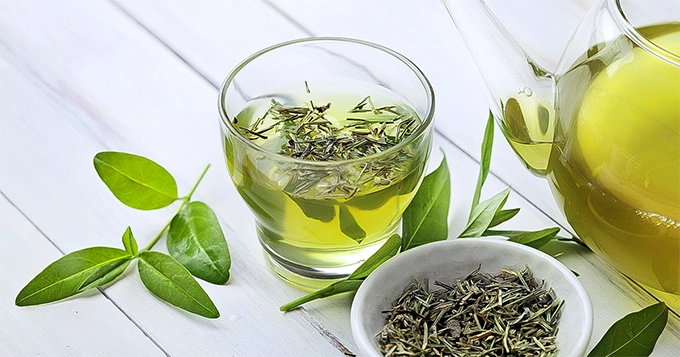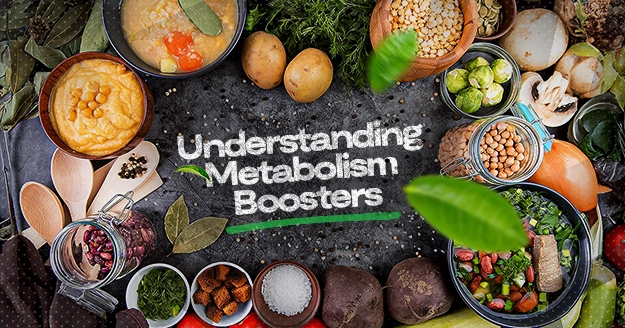Are you trying to increase your metabolism? You might want to consider adding foods with high thermic effect to your meal plan! The rise in metabolic rate that follows a meal is known as the thermic effect of food (TEF).
What is the Thermic Effect of Food?
The quantity of energy required by your body to digest, absorb, and metabolize the food you eat is known as the thermic effect of food (TEF). TEF typically accounts for roughly 10% of the daily caloric expenditure of healthy people consuming a varied and balanced diet (calories in minus calories out).
TEF is significant since it has an impact on your daily energy budget. You may assist yourself in burning more calories throughout the day by making sure you are consuming foods that have a high thermic effect.
Can the thermic effect of food vary from person to person?
Yes. The thermic effect of food can be different for different people. The quantity of calories your body expends when digesting food depends on various factors. Certain factors affect the thermic effect of food, such as:
- Age
With aging, the thermic impact of meals may decrease. - Physical activity
Regardless of age or body composition, physical activity increases the TEF - Meal size
Higher energy intake from a meal results in an increased TEF. - Meal composition
Compared to meals higher in fat, particularly those rich in saturated fats, meals higher in carbohydrates, particularly those with a greater concentration of fiber, boost the thermic impact of food. Meals with more protein have a greater thermic impact than meals with less protein. - Meal frequency
The thermic impact of food is increased when it is consumed as a single substantial meal as opposed to several little meals or snacks. - Processed versus minimally processed foods
Compared to refined grains, less refined grains boost the thermic impact of meals.
How Does the Thermic Effect of Food Affect Weight Loss?
Yes, it is true that eating foods with a high thermic effect might significantly increase your calorie burn.
High thermic effect foods take more energy to digest and absorb, which causes an increase in post-consumption energy use. This increase in energy use has the potential to boost total calorie burn and support weight reduction efforts.
Consuming foods with a strong thermic impact can help you maximize the calorie burn. The energy needed to digest, absorb, and transfer nutrients from these meals are higher. These meals will speed up your metabolism and enable you to burn more calories. Following are a few foods with high thermic effect:
- Protein-rich foods
Of all the macronutrients, protein has the highest thermic effect of food. You may boost your metabolic rate and burn more calories by eating protein-rich meals like lean meats, fish, eggs, and dairy products.
- Fibrous vegetables
Next on our list of high thermic foods is fibrous vegetables. Veggies with a strong thermic impact due to their usually high fiber content include kale, spinach, and broccoli. You may burn more calories and feel fuller longer by eating these vegetables.
- Whole grains
Foods that have a high thermic effect include whole grains (brown rice, quinoa, and oats). They are also high in fiber. These grains can increase your calorie burn and help you feel fuller for longer.
- Spicy foods
Capsaicin, a substance found in hot foods like cayenne and chili peppers, can speed up your metabolism and aid in calorie burning.
- Green tea
Catechins, a substance found in green tea, can speed up your metabolism and help you burn calories.
Conclusion
A key factor in our body’s metabolism and energy expenditure is the thermic effect of food. You may burn more calories and boost your overall energy expenditure by eating meals with a strong thermic impact. This is why when planning your meals for weight reduction, keep in mind your body’s TEF and consider consuming high-thermic foods.
However, it is also crucial to remember that the thermic impact of food is just one component of a balanced diet and way of life. For obtaining and maintaining a healthy weight and general health, it’s also essential to eat a well-balanced diet, exercise often, and get adequate rest.








